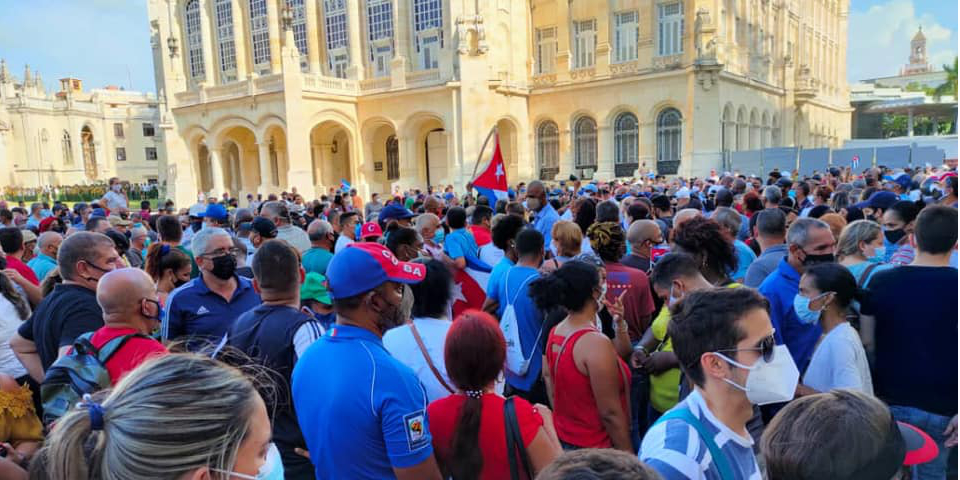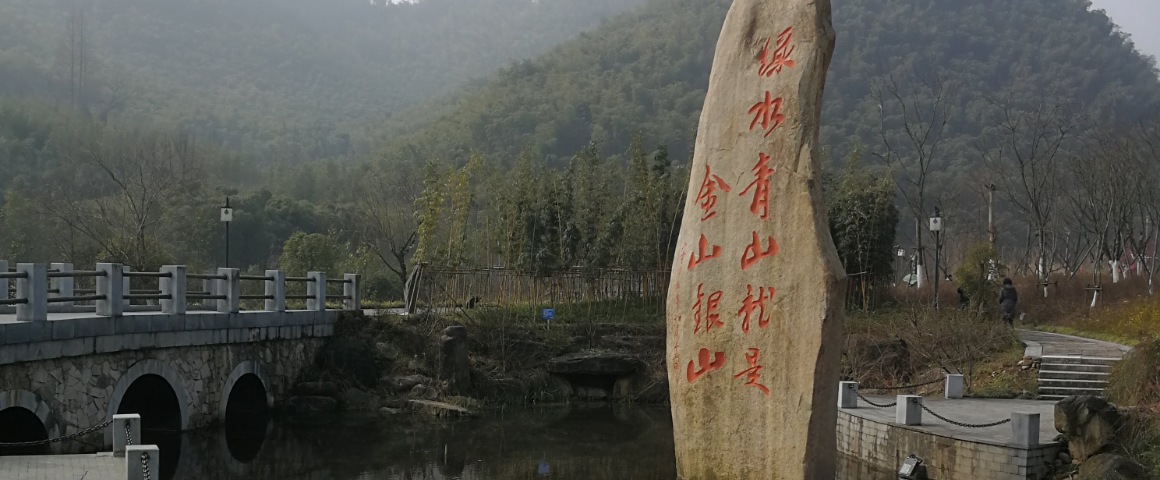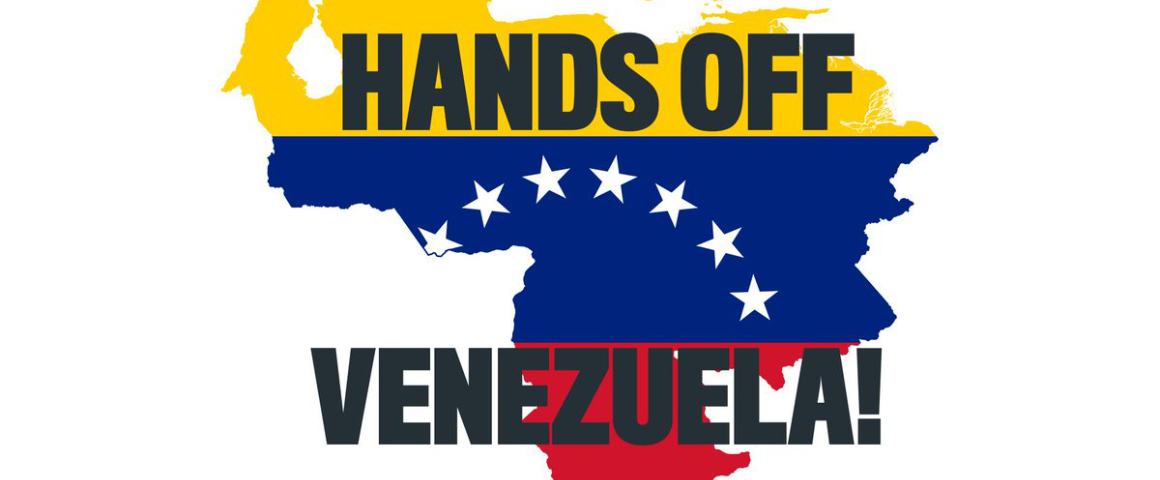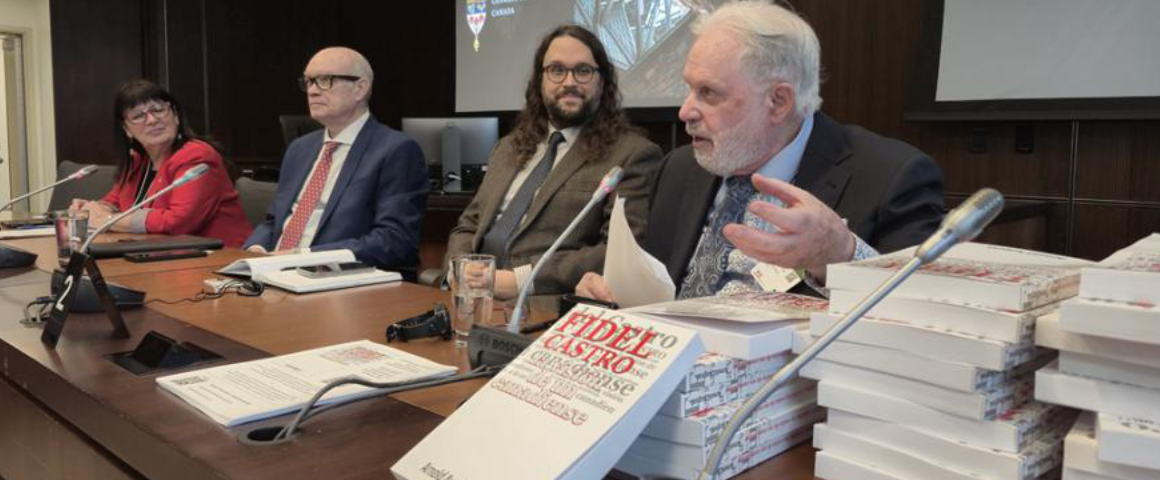Social media manipulation and cyberattacks
By Kathryn Guerrera
As a Canadian with family members that live in Cuba, who was in Cuba during the anti-government protests that occurred on July 11, I found myself in a unique and disturbing position where I could see and feel the disconnect between what was being reported by the mainstream media back home and what was really happening on the ground in Cuba.
Approximately two weeks after Father’s Day, the COVID-19 Delta variant began to take hold, particularly in the province of Matanzas. Mother’s Day and Father’s Day are important social celebrations in Cuban culture and, coupled with the level of contagion of the Delta variant, this led to a rapid escalation in new COVID-19 cases. Cuba had recently fully vaccinated a large portion of the population in La Habana province with their first approved vaccine candidate, Abdala. From there, the Cuban Ministry of Health (MINSAP) began focusing on Matanzas because it is the most popular province for tourism and this puts the population there more at risk. Abdala has an efficacy rate of 92 percent, putting it in the same league as the most effective vaccines, BioNTech-Pfizer and Moderna.
At the same time that the number of daily reported new COVID-19 cases was spiking, we began hearing from many friends in the city of Cárdenas, Matanzas (a current hotspot for COVID-19) that their vaccination appointments were being cancelled due to a lack of syringes and needles. The government responded swiftly with a lockdown, allowing stores to only be open in the mornings so that people would be at home for the rest of the day. At the same time, the number of hospital admissions was increasing and health care workers and the hospital infrastructure itself were becoming overwhelmed. A large electrical power plant in Matanzas was operating at reduced capacity due to outstanding maintenance (the US blockade affects Cuba’s ability to import parts and supplies) and the government had to resort to rationing electricity to households in order to keep people in the hospitals alive. This meant only a few hours per day to cook or turn on your fan or air conditioner in the July heat. No public pools were open and going to the beach was not permitted due to the lockdown.
So, nearly a year and a half into the pandemic and economic crisis, you can imagine the heightened level of frustration, fatigue and despair.
Since the onset of the pandemic, Cuba’s GDP has rapidly fallen by over 11 percent. The economy was already struggling before the pandemic. Since the Donald Trump administration tightened sanctions from 2017 to 2020, Cuban exports fell by 82 percent and imports by 85 percent. Trump attacked Cuba’s sources of currency, cutting back commercial flights and eventually even banning charter flights in the summer of 2020. The US also imposed sanctions on tanker companies that delivered petroleum from Venezuela to Cuba which affected movement and logistics on the island.
With the huge losses to the tourism sector in 2020 because of the pandemic, the island has lost one of its most important sources of hard currency, plunging it into one of the worst food shortages since the Special Period in the 1990s. Basic hygiene products have become increasingly difficult for Cubans to find in stores – as have over-the-counter medications like Tylenol, Advil and antibiotic ointments. Pharmacies now lack vital prescription medications for manageable conditions like hypertension, diabetes and cancer as well as treatable, but potentially harmful infections. A 250-tablet bottle of Acetaminophen costs $50 USD or more on the underground market.
With many medications currently unavailable, scarce and expensive personal hygiene products and 2 to 3-hour lineups for groceries with a 50/50 chance the store will run out that day before you make it inside, the Cuban people are suffering and generally exasperated and miserable under the current conditions. This is exactly what the sanctions are designed to do.
At the beginning of July, in response to the rising number of COVID-19 cases in Matanzas province, we started seeing the #SOSCuba hashtag coming from Cuban American celebrities living in South Florida. This was less than 3 weeks after the Abdala vaccine was found to contend with the top vaccines in the world (with Soberana, Cuba’s second candidate vaccine, not far behind) and right after 184 countries voted at the United Nations for the US to end the blockade. The #SOSCuba hashtag was an obvious smear campaign and meant to spread the idea that the Cuban government has “mismanaged” the pandemic.
Miami is home to 1.2 million people of Cuban heritage – many of whom are descendants of exiles that fled the Revolution. They have strong counterrevolutionary and anti-communist views and constitute a wealthy and politically powerful community. There is a multimillion-dollar counterrevolutionary industry based in South Florida with politicians, YouTubers, actors and artists whose entire careers are propped up by telling lies about the Cuban government and lobbying Washington to maintain and tighten its blockade. Tens of millions of dollars are spent every year by the National Endowment for Democracy (NED) and USAID to fund “democracy” projects in Cuba. This is code for funding political interference, fake journalism, dissenters and protestors – all to promote regime change.
After the anti-government protests, Spanish social media expert Julian Macias Tovar spoke on the Cuban television news show Mesa Redonda (“Roundtable”) and explained that the figures around the #SOSCuba hashtag are more than a little odd. Macias Tovar stated that between July 5, when the hashtag was first used, and July 8, there were just 5,000 tweets. This figure then exploded exponentially with 100,000 Tweets on July 9, 500,000 on July 10, 1.5 million the next day and two million on the July 12. Cuban TV journalists did an excellent job debunking the lies and fake photos and videos around the protests as they were being created and disseminated to keep Cubans correctly informed. Unfortunately, of course, this was not seen by anyone outside of Cuba. We now know that thousands of fake social media accounts were created in the days leading up to the protests and that bots were used to send out thousands of tweets per day and hundreds of retweets per minute on July 10 and 11. The purpose was to tarnish the Cuban government’s reputation and to prepare and encourage anti-government demonstrations.
On July 11, there were not thousands of anti-government protestors in any Cuban city at any point in time. There were barely hundreds in a country of over 11 million people.
In Cárdenas, where I was, the participants were not working professionals such as doctors, nurses, teachers, engineers, lawyers, licensed business owners or workers in factories or the tourism sector. Most of the protesters were those who choose to be unemployed and live off remittances from family living abroad. Many are well-known delinquents and are not positive contributors to the community. We personally know of the woman and her husband who created a widely circulated and entirely fake video – using pig’s blood and tomato sauce – of a Cuban police officer shooting their child. The couple confessed to being offered “Moneda Libremente Convertible” (MLC, meaning freely convertible money rather than Cuban pesos) from someone in the United States to do this. Another individual, who was also offered money to participate in the Cárdenas protest, created a staged video and has a history in town of running an illegal, unlicensed business and not paying taxes.
Protest participants are generally not respected in the community and are not known for their civic engagement. Nor do they seem to be interested in peaceful dialogue with the government. Compensation appears to be their primary motivating factors. These anti-government protests were also not ongoing as mainstream media claimed in the days that followed.
I want to note that most Cuban police officers do not have guns with bullets. They usually have blank guns, similar to starting pistols, that merely emit smoke and sound. There were multiple false claims on social media and in the Western mainstream media of police murdering Cuban adults and youth – especially people of colour. Many of these “deceased” people later went on Cuban public television to prove that they were in fact alive and well.
The Cárdenas protests were not characterized by police brutality and there are no missing people. There were however stores completely trashed by rioters who threw rocks through windows and at unarmed police officers, toppled police vehicles and stole things like kitchen stoves and electronics. To make matters worse, some individuals even went into the Cárdenas hospital and vandalized the pediatric ward. Health care workers reportedly needed police to provide security from these rioters who were threatening them.
Several protestors, after demolishing stores and the hospital ward, gathered at Cárdenas Bay where they expected boats from Florida that would take them to the United States. They themselves were victims of US lies and manipulation – no boats came to take them away and most have been arrested for clear-cut violations of the law. Many of them have already gone public with the communications they received from abroad that offered to transfer MLC to their bank account if they carried out destructive or deceptive tasks to create civil unrest, provoke law enforcement and fabricate videos or make false claims to foreign media and on social media. The Western mainstream media has not reported on this.
The Western media has also not given enough attention to significant human rights violations by governments and paramilitary forces in countries like Colombia, Chile and Haiti where massive anti-government uprisings have occurred and hundreds of civilians have been abused, murdered or gone missing. But the same media was instantly ready to cover, exaggerate and downright lie about what happened in Cuba. Politicians in the US immediately called for “humanitarian” or military intervention in Cuba – including airstrikes. Media in the United States, Canada and other Western countries deceitfully published a photo of the Cuban May Day march photo in 2018, claiming it was of the anti-government protests. Facebook determined that their “community standards” were not violated by the countless comments calling for armed invasion and bloodshed, assassination of elected Cuban government officials, nuclear war against Cuba and gun running from Miami to Cuba.
In response to the July 11 protests, thousands – actual thousands – of Cubans came out in cities across the island to support their government and the Revolution. On July 17, pro-revolutionary and pro-government demonstrators, estimated in the hundreds of thousands, gathered at dawn in Havana. There was zero coverage of this on CNN or CBC. The huge pro-government turnout in Camagüey was described on social media as being anti-government protestors who had “liberated” Camagüey from the “dictatorship.” This was completely false.
Days after the protests, cyberattacks originating in the US targeted the websites of public institutions in Cuba such as MINSAP as well as Cuban news sites like Cubadebate through Denial-of-Service attacks. The foreign powers apparently did not want people being informed by the Cuban Ministry of Health during a health crisis or seeing on the news the disinformation that was being exposed and Cuban people describing how they had been offered money to cause civil unrest.
Most Cubans – even those who may be unhappy with the current administration – are vehemently against violence, vandalism, looting and foreign interference in their country. Almost everyone that we spoke with in Cárdenas was angry at the destruction in their town and ashamed of the behaviour of those who would sell out and smear their homeland and ask for humanitarian and military intervention from the United States. Many Cuban civilians took it upon themselves to observe, record and report to authorities those involved in the destructive July 11 protests. Cubans have long been resisting imperialism and most know that foreign intervention and neoliberalism would make them worse off and not improve their material conditions.
I do not know of any Cuban living in Cuba who does not want above all else an end to the repressive and dictatorial US blockade. This which would have an instant impact on every aspect of their wellbeing.
This situation has made it easy to see who the real allies of the Cuban people are. The majority of Latin Americans gave their support to Cubans and their government, affirming their right to sovereignty and self-determination. While US President Joe Biden chauvinistically offered to send vaccines to Cuba after the protests, knowing full well that Cuba has its own vaccines, Mexico’s president sent 800,000 syringes and needles to Cuba on a Mexican Air Force plane.
Photo: in response to US provocation, thousands of Cubans rallied across the island on July 11 in support of their Revolution and government
[hr gap=”10″]
Get People’s Voice delivered to your door or inbox!
If you found this article useful, please consider subscribing to People’s Voice.
We are 100% reader-supported, with no corporate or government funding.




